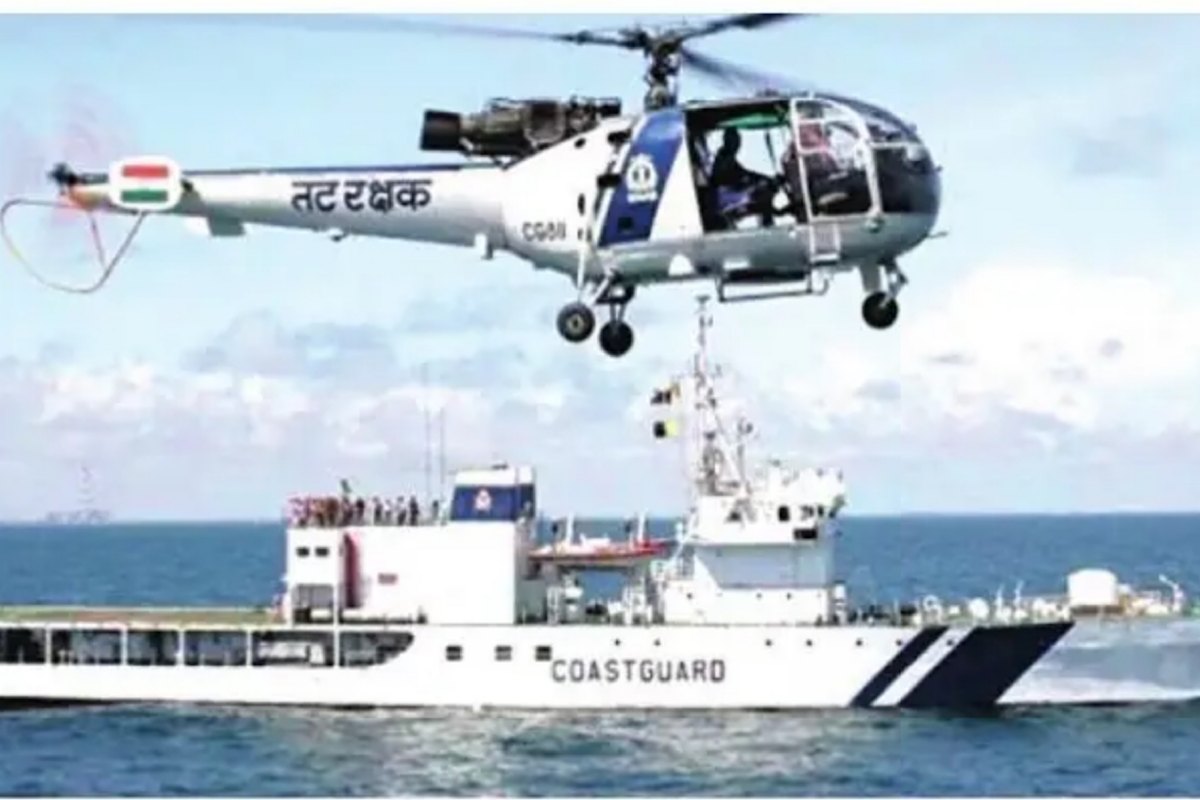Mumbai crime branch detains brother of shooting suspect in Salman Khan case
In the aftermath of the shooting outside Salman Khan's home, Mumbai's Crime Branch detains the brother of the prime suspect, prompting further scrutiny into the incident.
Mumbai, formerly Bombay, is revered as the City of Dreams, symbolizing boundless aspirations and opportunities. Countless individuals have realized their ambitions and attained prominence within its embrace, while many others navigate its lanes amidst unfulfilled dreams and disillusionment.

Representation image
Mumbai, formerly Bombay, is revered as the City of Dreams, symbolizing boundless aspirations and opportunities. Countless individuals have realized their ambitions and attained prominence within its embrace, while many others navigate its lanes amidst unfulfilled dreams and disillusionment. Yet, the city perpetually surges forward, heedless of those struggling to keep pace with its relentless rhythm.
It was on the night of 26 November 2008 that Mumbai became synonymous with tragedy as ten militants orchestrated an unforgivable assault etched deeply into the collective memory of every Indian. Although not the first time that it had become victim to such an attack, 26/11 saw attacks that were not only unprovoked but also aimed at multiple soft targets simultaneously such as luxury hotels, railway stations, hospitals, and cinemas. The militants held the city captive for over 48 hours, claiming the lives of nearly 160 innocent people. By the end of it, all of them except one had been killed. In response to this, the State Government of Maharashtra convened a committee led by former Home Secretary, RK Pradhan and former IPS officer V. Balachander.
The revelations from the lone captured terrorist unveiled chilling details of the militants’ infiltration into India via sea routes. Beginning their journey from Karachi, Pakistan aboard the vessel AlHussaini, the militants embarked on a perilous route covering four days to reach Porbandar, Gujarat. Here, they hijacked an Indian fishing vessel named Kuber and killed all the men on board. They kept the Captain alive so that he could speak the local vernacular should the Coast Guard stop them. Once he had fulfilled this role, he was also ruthlessly slain. Their journey culminated in Mumbai, where they docked near a fishing village, marking their first steps on Indian soil.
Advertisement
From here, the 10 fanned out to different locations, proceeding to hold the city hostage for close to two days. Despite intelligence alerts warning of potential maritime assaults, including specific threats to Mumbai’s coastal establishments, the attacks transpired with devastating efficacy. Six alerts had been released by the Intelligence Bureau about a sea-bound attack on Mumbai aimed at soft targets. Eleven alerts were also made on possible simultaneous attacks in commando mode. This underscores the critical importance of bolstering coastal security measures The matter of coastal security came up first in the aftermath of the Kargil War.
It was regrettably relegated until tragedy struck on 26/11. In 2009, immediately after the attack, the Indian government initiated the construction of 26 Coastal Radar Stations and 16 Command and Control Rooms as part of the Indian Coast Surveillance Systems. These installations play a pivotal role in regional coastal security within the Indian Ocean Region by facilitating the detection, location, and monitoring of maritime activities. They also keep track of all movement on seas including that of small boats, dinghies, and vessels. Additionally, most of these radars operate on software that facilitates Data Fusion. Radars can exchange information with each other and keep track of a particular vessel irrespective of the pace at which it moves. Areas can be designated as “sensitive” zones that then trigger an alarm when a boat arrives in such locations. In 2018, India also set up these stations in Seychelles and Maldives.
If we were to apply this technology in 2008, this is how it would have worked. This means that when AlHussaini (the boat the militants used to travel from Karachi) entered Indian waters, the radar along Mumbai and Gujarat would have picked up that information: that a boat from Pakistan had crossed over and that it needed to be watched. Since 2018, the Automatic Identification System or AIS has also been mandatory which means a boat without AIS entering the borders would have been located as well, causing officers to be on alert. The radars through data fusion would have picked up the highjacking of the Kuber. Automatic Identification System would have meant that the men on board Kuber would have had the chance to send distress calls to the Coast Guard who would then have been alerted early enough to intercept and stop the militants from getting close to the coast. It is an admitted fact that no terrorist attack, through the sea or otherwise, has taken place in India since the deadly night of 26 November.
This gives much credence to the steps that were taken to preserve maritime security. However, security is an ongoing project and not a one-stop shop. Given the immense importance that international organizations such as Quad and BIMSTEC give to maritime security, the country seems to be moving in the right direction in its quest to attain the spot of First Responder in the Indian Ocean Region.
(The writer is Assistant Professor of Law, Jindal Global Law School.)
Advertisement